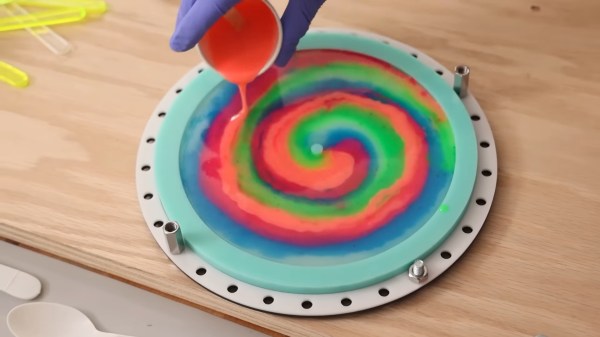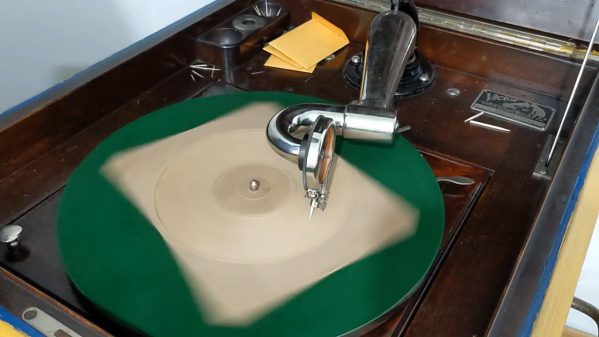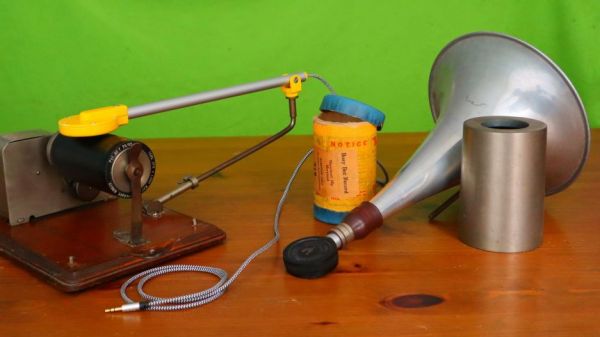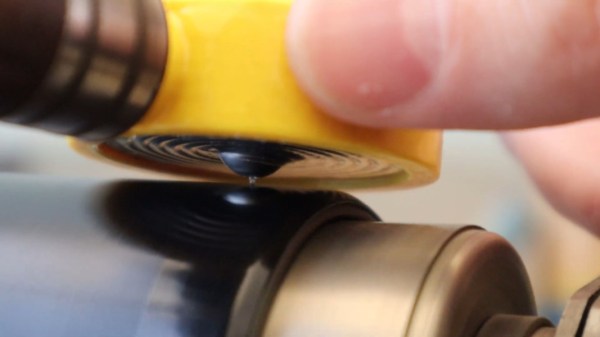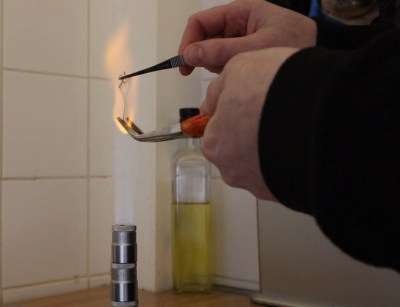Normally, mechanical devices like record players move smoothly, with well-greased contact surfaces enabling the tone arm to automatically move, the multi-record mechanism to drop down a fresh disc, and the listener to have a generally good time. Unfortunately, the 1972-era ITT KP821 record player that [Mark] got recently handed by a friend wasn’t doing a lot of moving, with every part of the mechanism seemingly frozen in place, though the current owner wasn’t certain that they were doing something wrong.
Fortunately, this record player was in exceptionally good condition.. The primary failure was that the BSR record player mechanism, with its many touching metal surfaces, was suffering from a bad case of solidified grease. Although this is easily fixed with some IPA and a lot of elbow grease, the biggest trick with these mechanisms is putting it back together after cleaning, with many seemingly randomly shaped parts and every single E-clip that the manufacturer could design for and source at the time.
With that complete, this just left some pot cleaning and replacing a busted fuse in the amplifier section. The selenium rectifier was still functional, as were the SGS TAA621AX1 audio amplifier ICs. Despite the age of this ‘portable’ record player, both its BSR mechanism and the twin speakers that are part of the record player are in remarkably good condition. Much like with a car, it seems that you just have to swap out the liquid-y elements before they turn into a solid.
Continue reading “When A Record Player Doesn’t Work Due To Solid State Grease”




